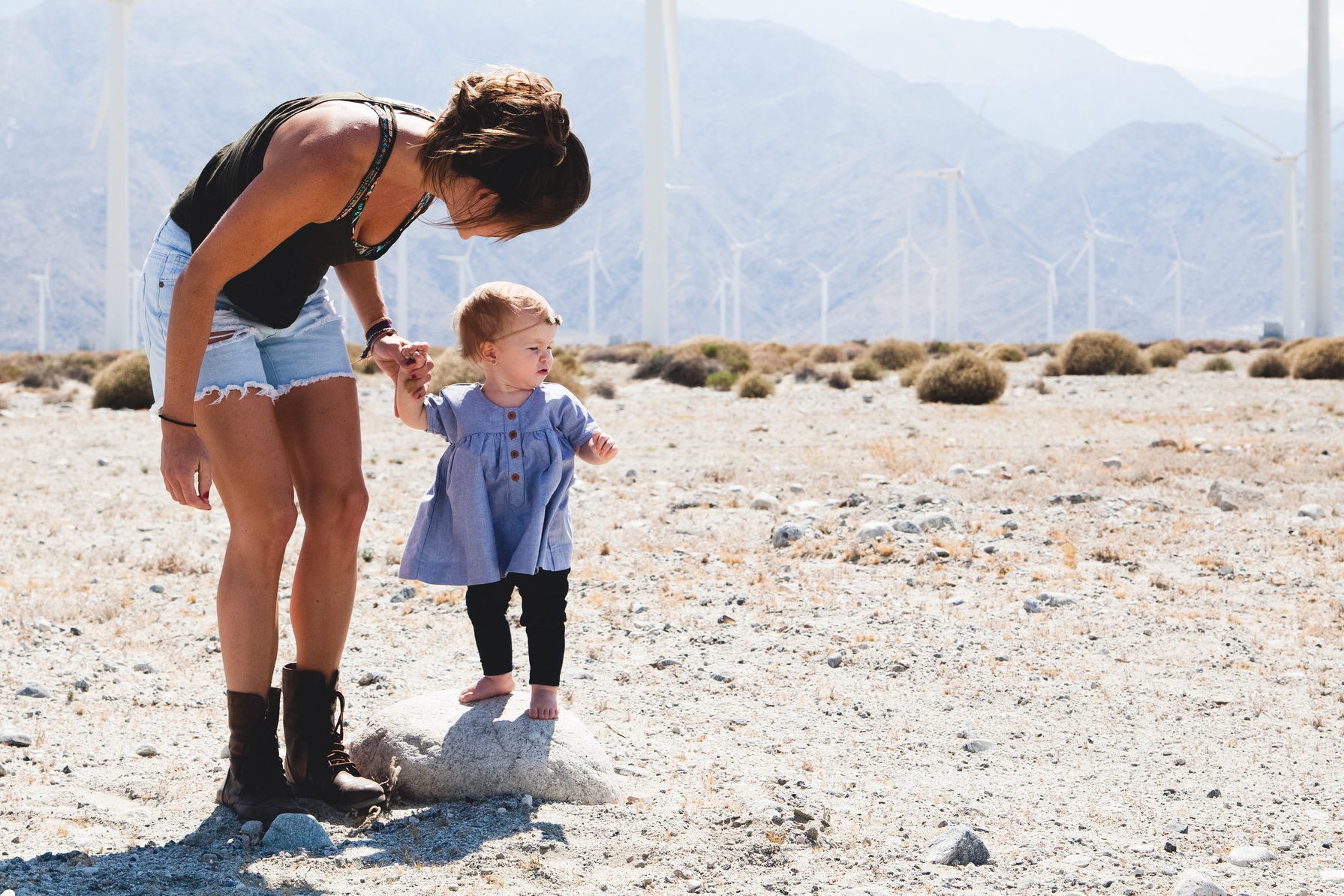Keep Calm and Coach Your Child Through Difficult Behavior
All behavior is a form of communication. We see this easily with a crying infant. Crying communicates a need, and as we help babies soothe their inner state by meeting their need, the crying turns to engagement. The challenge is holding onto this truth as the child matures. With older children our perception shifts to seeing disobedience, disrespect or defiance rather than need. As we shift our perception we also shift our intent, instead of discerning the communication behind the behavior, our goal becomes stopping it. When we focus on stopping behaviors, we ignore children’s unmet needs and missing skills.
The book “Conscious Discipline: Building Resilient Classrooms” by Dr. Becky Bailey describes the three different brain states that drive behavior for children and adults.
Before trying to teach new skills, we must respond to the child’s current brain state effectively by following these four core objectives:
To remain in a relaxed, alert state while interacting with children.
To identify the internal brain state the child is experiencing so we know which response is more likely to help.
To assist the child in achieving a relaxed, alert state of learning before attempting to teach a new skill or deliver a consequence.
To address the behavior by teaching an effective new skill.
Brain states drive adult behavior as well as children’s behavior. Oftentimes adults are triggered by a child‘s actions and aren’t aware of how their own brain downshifts in response. Downshifting means your brain goes from the higher center where you are calm to the lower centers where you take things personally or feel threatened. Anytime you are triggered by a behavior your brain will downshift to a lower brain state. When downshifted you don’t have access to the reasoning part of your brain and you are unable to see the unwanted behavior as a call for help. Knowing this happens and choosing to calm yourself down before responding to the child or others can dramatically change the outcome of the interaction.
Calming yourself first before interacting with the child or another adult will help to prevent power struggles and increase cooperation. Here are the steps to calm yourself before interacting with others:
Step 1: Take 3 deep breaths. This adds a pause and allows your brain the opportunity to calm down.
Step 2: Talk kindly to yourself by saying, “I have got this, I am safe, keep breathing, I can handle this.”
Step 3: Wishing the child or adult well (sending out positive energy and knowing that they can handle this also) and continuing to breathe.
Remain calm and remind yourself they are asking for help and are missing skills. Stop taking the behavior personally. Recognize what brain state they might be in and determine what you can do to help soothe that state. Then they can get back to the higher centers where you can teach them what to do next time.
You cannot teach missing skills while you or the child is operating from the lower brain states. These lower brain states are the Survival and Emotional states. We traditionally discipline and teach the behavior we want when in these lower states, but unfortunately in the Survival and Emotional states the brain isn’t able to retain information. The Executive state is needed. This is the highest brain state and is where all the executive skills are housed. These are skills such as impulse control, emotional regulation, prioritizing, working memory, time management, organization, attention, empathy, meta-cognition, task initiation and goal achievement. These are the skills we all need, and they can be accessed only when a person, whether child or adult, is in the Executive state of the brain.
If we don’t allow the brain to calm down before teaching what to do next time, we are not helping the child to organize their brain so that they can meet our expectations next time. Remaining calm while a child is upset helps them find the way back to calm. Adults can coach a child through upset by validating the emotion and empathizing with how hard it can be to do something you don’t want to do. That doesn’t change the behavior expectation; it just helps the child better handle what is being asked of them. Managing your own upset before handling a conflict will also model self-regulation for a child.
To achieve permanent behavior change, adults must manage their own inner brain state first so that they can respond calmly to others. Internal state dictates behavior, so focusing on internal state first and behavior second is imperative. Understanding how the brain operates in times of stress will help the adult to check in with themselves, to breathe and to wish well before approaching a conflict or an upset child. This puts a pause before the reaction so the brain has an opportunity to get to the higher centers to solve the problem. This will help to see the behavior as a call for help rather than as intentional misbehavior. Then assessing the non-verbal cues of the child will help you to know which brain state might need to be soothed before solving a problem. The lower centers of the brain need predictability and the higher center of the brain needs novelty and challenge.
Try thinking: “How can I help to soothe the brain?” instead of “How can I stop the behavior?”
Jenny Barkac is our CMYK Kids Leader. During the week, she works with schools and parents around the United States as a Conscious Discipline Certified Instructor. She brings a wealth of knowledge and experience to the CMYK Community. consciousdiscipline.com


